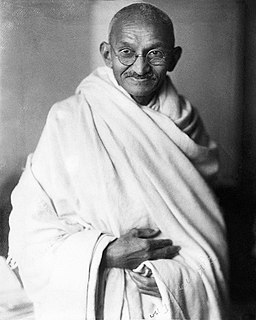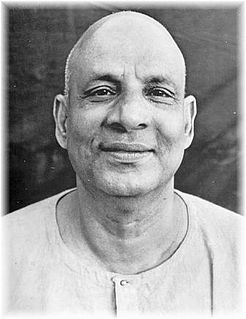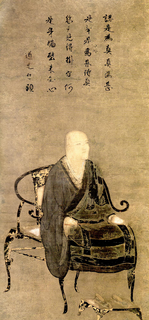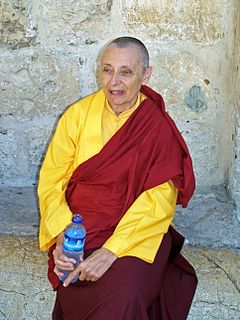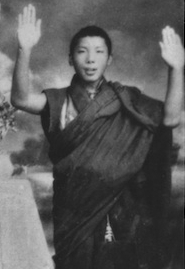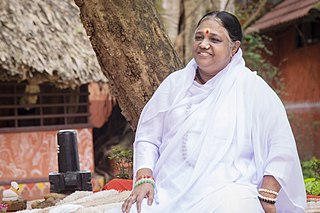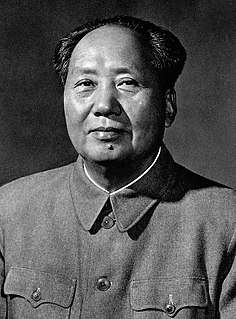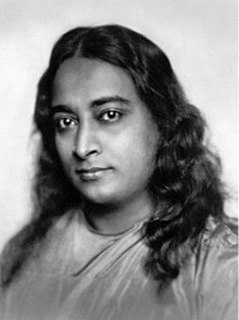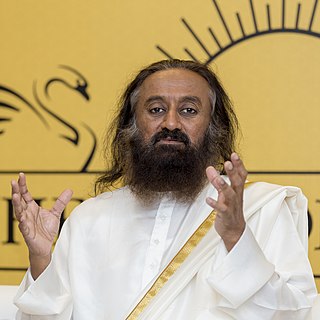A Quote by Mahatma Gandhi
Ahimsa is the height of Kshatriya dharma as it represents the climax of fearlessness.
Quote Topics
Related Quotes
Dharma has several connotations in South Asian religions, but in Buddhism it has two basic, interrelated meanings: dharma as 'teaching' as found in the expression Buddha Dharma, and dharma as 'reality-as-is' (abhigama-dharma). The teaching is a verbal expression of reality-as-is that consists of two aspects-the subject that realizes and the object that is realized. Together they constitute 'reality-as-is;' if either aspect is lacking, it is not reality-as-is. This sense of dharma or reality-as-is is also called suchness (tathata) or thatness (tattva) in Buddhism.
The experience of a sad and tender heart is what gives birth to fearlessness. Conventionally, being fearless means that you are not afraid or that, if someone hits you, you will hit him back. But we aren't talking about that street-fighter level of fearlessness. Real fearlessness is the product of tenderness. It comes from letting the world tickle your heart, your raw heart. You are willing to open up, without resistance or shyness, and face the world.
A sadhak (one who does spiritual practice) will not have time to indulge in gossip. They will not feel like talking to anyone in a harsh manner. Those who always indulge in faultfinding will never achieve spiritual progress. Do not harm anyone by thoughts, words or deeds. Be compassionate towards all beings. Ahimsa (nonviolence) is the highest dharma (duty).
